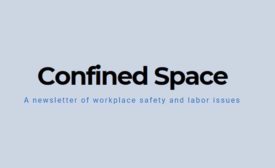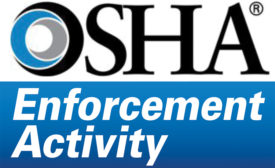Government Safety Regulations
A Confined Space blog post
OSHA Update: Bureaucracy, budget and leadership rumors
July 24, 2018
Editorial Comments
It’s not a matter of training, training & more training
Safety’s learning moment
July 23, 2018
Become a Leader in Safety Culture
Build your knowledge with ISHN, covering key safety, health and industrial hygiene news, products, and trends.
JOIN TODAYCopyright ©2025. All Rights Reserved BNP Media.
Design, CMS, Hosting & Web Development :: ePublishing









